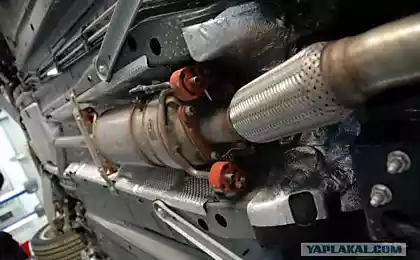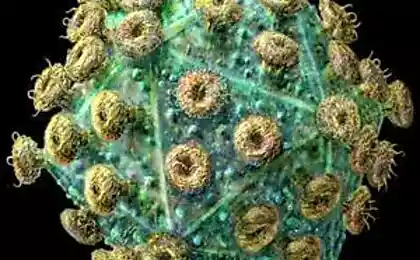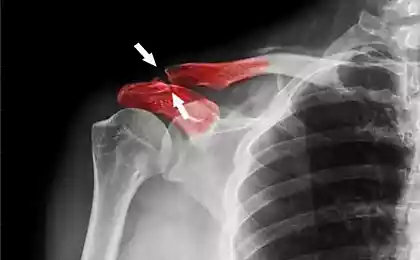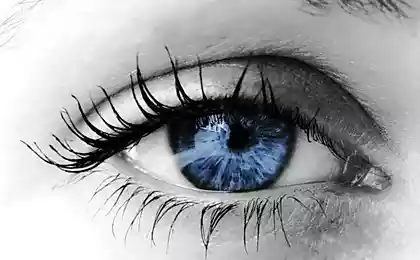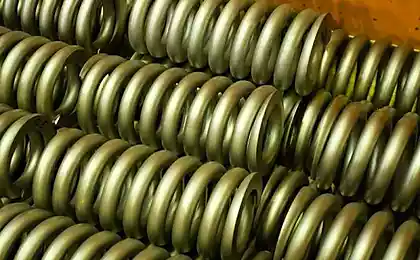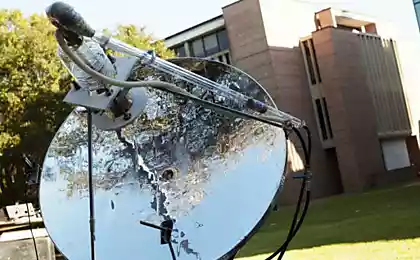629
Russian scientists get "rose-like" nanoparticles of soot

Russian researchers have been able to get a new carbon structure by irradiating an electron beam of carbon. The relative ease of synthesis and availability of raw materials make this method attractive for industrial ispolzovaniya.Nachnem with what is now published numerous papers in the field of nanostructured carbon materials such as carbon nanotubes, fullerenes and graphene. They are in some ways similar. If we do we will turn into a tube graphene (a monolayer of carbon atoms), we obtain a carbon nanotube, and if we add in the sphere monolayer - fullerene. These three materials are predicting a big future in science and industry.
However, there are other equally promising carbon structures such as nanoglobuly, nanowires, nano-diamonds, nano-onions. All they have are used in various industries. For example, nano-onions, which are nested carbon spheres serve as a good lubricant, and nanodiamonds are widely used in polishing compositions and wear-resistant coatings. It is difficult to say how much more you can create varieties of carbon nanostructured materials and what they are in front of us will open perspectives, but research in this direction is very relevant.
New interesting researchers synthesized carbon structure of the Omsk Scientific Center of the Russian Academy of Sciences, the Institute of High Current Electronics, Russian Academy of Sciences and the Institute of Hydrocarbon Processing, SB RAS.
To this end, scientists put carbon black (carbon black) in a graphite crucible and covered it with a copper diaphragm with a small opening. Then, the crucible was placed in a vacuum chamber, in which the carbon black by an electron beam bombardment through an opening in the diaphragm. As a result, there was a reduction in the original weight of the crucible powder and carbon deposition on copper diaphragm. Using electron microscopy, the researchers studied the residual fraction and besieged carbon and found that when exposure occurs restructuring of carbon black, which resulted in an interesting morphology formed nanoparticles, something resembling a slice of rosebud.
It can be assumed that the presented "rose-like" particles do not differ from the carbon bulbs. However, it is not: in the latter carbon spheres closed and inserted into each other, just as matryoshka arranged. In the case of synthetic particles, we see that it has no clear concentric spheres, but there is only the broken graphene layers are arranged in a circle.
Scientists are still searching the possible use of the synthesized material. According to their hypothesis, the resulting structures may be of interest for further restructuring and, in particular, for the production of nanodiamonds.
Source: www.strf.ru
Innovation Center "Skolkovo" social networks VKontakte, Twitter, facebook and Google +
Site Facility: www.sk.ru
via factroom.ru








